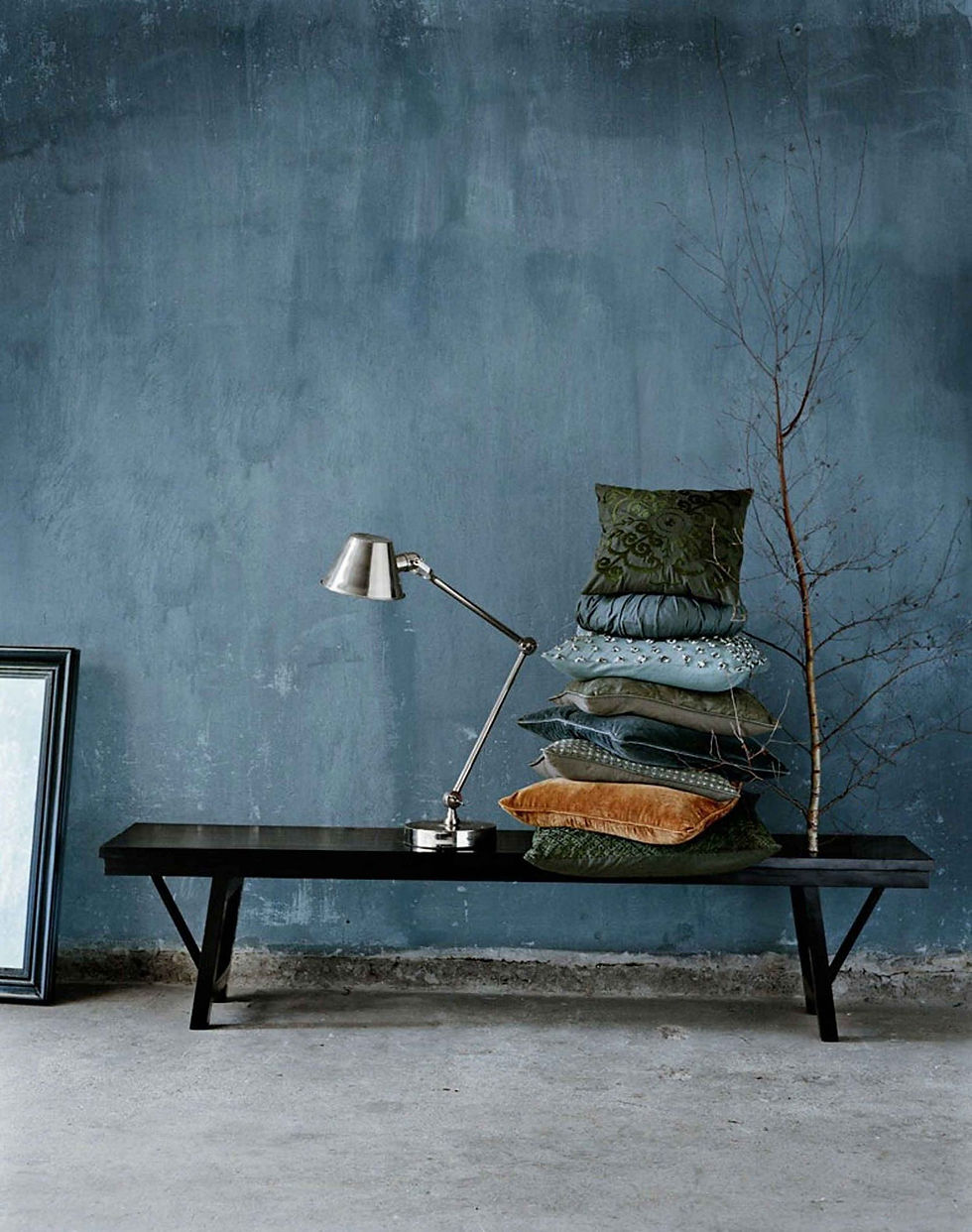Giving a Fireplace New Life with Limewash
- Elizabeth Ellen
- Jul 21, 2020
- 3 min read

Limewash has been around, quite literally, forever. The ancient Romans covered the walls of their structures with this finish to provide protection from the elements. Limewash is a mixture of powdered limestone and water, which has been treated with heat. The “slurry” can be applied to exterior and interior walls, masonry, or stone and was originally used as a cheap, protective layer for exterior facades. The limewash creates a matte, suede like texture, which varies in coverage depending on the application and ages beautifully. Today, designers use the finish on a myriad of different surfaces, from interior walls to exterior brick. The product is especially suitable for exterior applications because, unlike paint, the limewash allows the brick or stone to breathe. It is also environmentally friendly, non-toxic, and naturally anti-fungal.
Have I sold you on it yet?
Aside from it’s positive properties, limewash is a beautiful treatment that reminds me of a Jane Austen novel. It adds such gorgeous, subtle dimension, oozing with historical references. The process is also relatively inexpensive and DIY friendly.
Here are a few examples:



I have been wanting to try limewash for awhile, and a few months ago (pre-COVID) the perfect opportunity presented itself. My in-laws have been talking about updating their brick fireplace for years, but they didn't want to necessarily paint it solid white. They wanted a more subtle finish, where the brick could peek through. I sold them on the idea of limewash, since the process is (supposedly) extremely forgiving.
There are numerous tutorials on limewashing that I highly recommend: This one for brick fireplaces specifically and this for limewashing walls.
I said a prayer that I wouldn't destroy their brick fireplace, and my mother-in-law and I got to work. We used Romabio's Classico Limewash in Avorio White - a beautiful, creamy white from Home Depot.
For reference, we used a 1 QT. container - which was more than enough - and it cost around $30.
The fireplace prepped and ready to go:

Supplies:
Limewash (Romabio's Classico Limewash in Avorio White)
Bucket
Power drill with mixer attachment
Spray bottle with water
Rags

After the fireplace was cleaned and taped, we used a power drill mixer attachment to mix the limestone with water, following the directions on the container. You can adjust the ratio of water to limestone, depending on the kind of coverage you want. The more water you use, the thinner the consistency and coverage. If you use less water, the limewash becomes more of a thick pancake batter consistency that will cover the brick almost completely, leaving only a subtle brick texture. There are so many different options, all creating very different results.

We began by spraying the brick with water to moisten in. It is very important to apply the limewash while the brick is wet. This allows the brick to properly absorb the limewash. We worked in sections, spraying and then going over the area with the limewash on the masonry brush. For the mortar joints, we used a smaller paint brush. The process went fairly quickly and we were completely done in an hour or so.


After covering the brick in a layer of limewash, we went back with the damp rags and wiped off the finish in various places to allow the brick to peek through.
You can see here, where we began to wipe off the finish in certain places.

NOTE: It is important to note that limewash is not immediately permanent and can be washed off up until 5 days after application. This allows you to adjust the coverage without having to worry about drying time. The finish does not entirely "set," however, until weeks later so I wouldn't recommend sitting on the hearth or touching the fireplace. for awhile.
BEFORE/AFTER UP CLOSE
BEFORE/AFTER
We were both very pleased with the end result. The limewashed brick brighten up the entire space, and provided a wonderful contrast to the cedar planked ceiling. It also spurred my in-laws on to paint the walls and install ship-lap over the mantel because, as you know, one project always leads to five more.
I hope these pictures inspire you to try this beautiful finish for yourself!
Check out more of my projects here










Silicone is the primary material for these dolls because it is durable, flexible, and has a realistic texture. Medical-grade silicone is hypoallergenic and non-toxic, making it safe for skin contact. Unlike TPE, which is porous and can harbor bacteria, silicone is non-porous and easier to clean. The material also retains its shape and elasticity over time, ensuring that silicone sex dolls stay in good condition with proper care. Of course, if you want a sex doll torso, that's fine too, just make a half-body mold.
Unscientific research has shown that 57% of people who have read this column would like to receive an email every daily from me. Yes, you can. Pick Six is my newsletter that I deliver every week. Click here to Mut 22 coins subscribe and receive it directly in your inbox. Sign up and you will receive an email every day. I will be covering every aspect of the NFL including those that I don't know about. You'll have to sign up for more information on how it's possible.
While I'm writing this newsletter, I make time in my busy schedule to talk to Will Brinson three days per week for the Pick Six Podcast. In Tuesday's episode, which you can…
If you want to know more information about NBA 2K22 MT , please lock on visit nba2king com
https://www.nba2king.com/
Thanks Leslie!
What a stunning end result, Elizabeth. That looks like a new room. Well done!